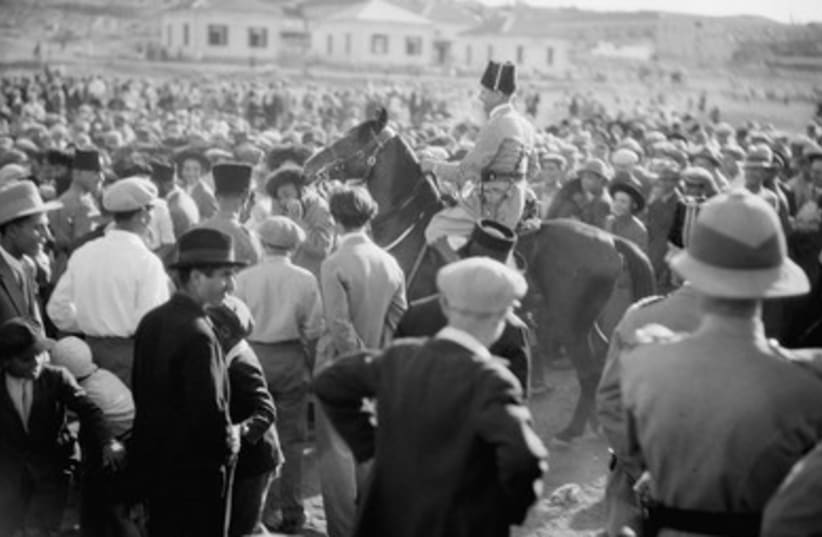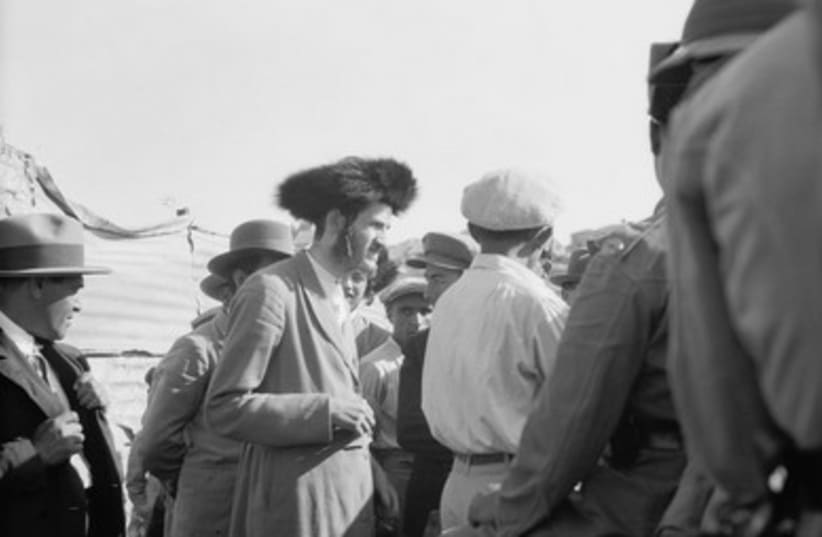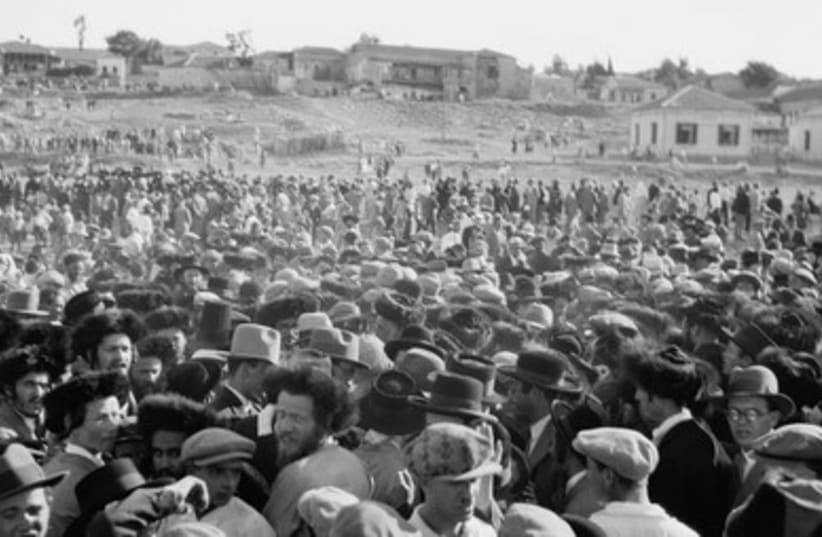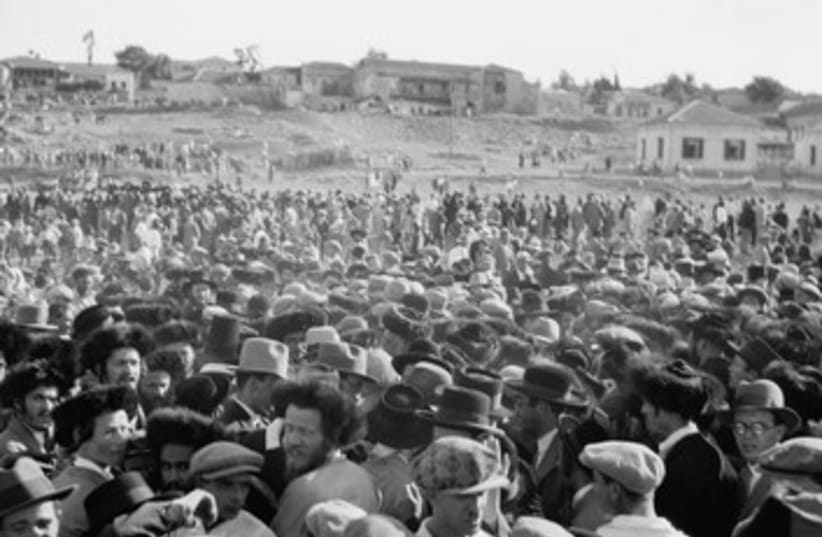




Originally, Jerusalem's legendary mayor Teddy Kollek planned that the area, known as the Shuafat ridge, would house a 50,000-seat football stadium, sports facilities and tennis courts.But access to the stadium would have to be through Jerusalem's ultra-Orthodox neighborhoods, and Shabbat protests and demonstrations were a certainty.Eventually, the stadium was built in southern Jerusalem near Malha, and the Shuafat ridge became part of a contiguous stretch of ultra-Orthodox neighborhoods.The Sabbath tensions over public sports games on Saturdays were documented by the American Colony photographers some 80 years ago. Some of the photographs identify the field as "near Bokharbia," perhaps meaning near the Bukhari Jewish neighborhood adjacent to Meah She'arim.The decades-old issue of Shabbat observance in Jerusalem suggests that this dispute may indeed not be resolvable; rather, like other conflicts in the Middle East, the best one could hope for is that it would be manageable.
